Bhopal Gas Tragedy: The Culprits That Got Away
Total Views |
- Shivani Shinde
Exactly 36 years ago, in 1984 when whole country was sleeping peacefully, Madhya Pradesh capital Bhopal shooked up with the epic disaster which devastated the city of lakes in just 30 minitues.
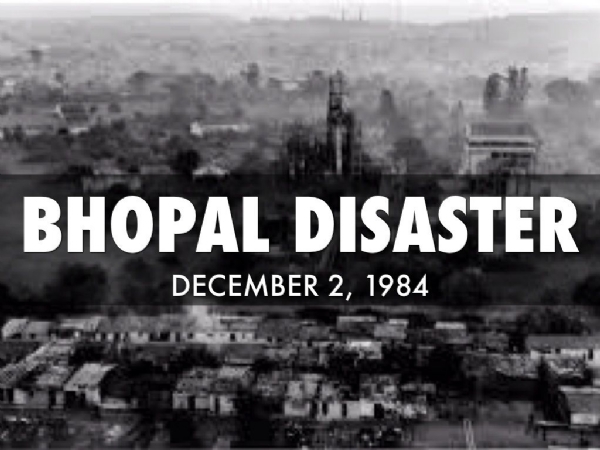
During the night of December 2-3, nearly 42 tons of the deadly C2H3NO gas mostly known as Methyl Iso-Cyanate (MIC) leaked from the pesticide plant of Union Carbide India Limited (UCIL). This was due to the negligence of the members of the plant who filled it beyond recommended levels when UCC safety regulations specified that no tank should be filled more than 50% (here, 30 tons) with liquid MIC.
The Tragedy
At the time, workers were cleaning out pipes with water, and some claim that owing to bad maintenance and leaking valves, it was possible for the water to leak into tank 610. This resulted in an exothermic reaction which caused the temperature and the pressure inside the tank to increase. Due to this urgent venting of pressure, large volumes of MIC gas were released into the atmosphere. The gases flooded the city of Bhopal, causing great panic as people woke up with a burning sensation in their lungs.
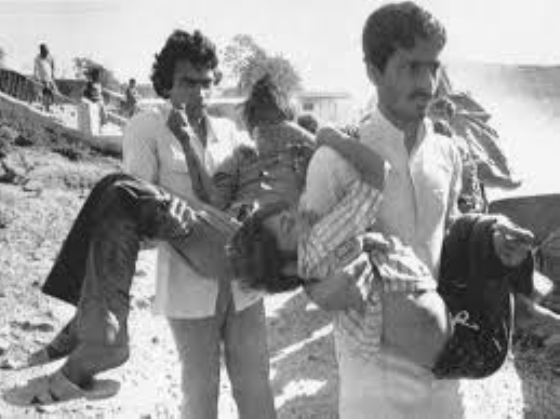
It leaked in around 45 to 60 minutes spreading all over and being denser than the air, stayed closer to the ground, leaving more than 3,500 people died immediately, and 200,000 others injured. It was one of the deadliest industrial disasters in the Indian history world. It was surly chernobey for India. The US-based multinational company, Union Carbide Corporation (UCC) which owned the plant through its subsidiary UCIL, did nothing to help alleviate the human tragedy. The suffering and after-effects continue even today, as more than five lakh people were still affected due to the toxic leak. The children are born with birth effects; many are suffering from a physical and mental disability.
Aftermath
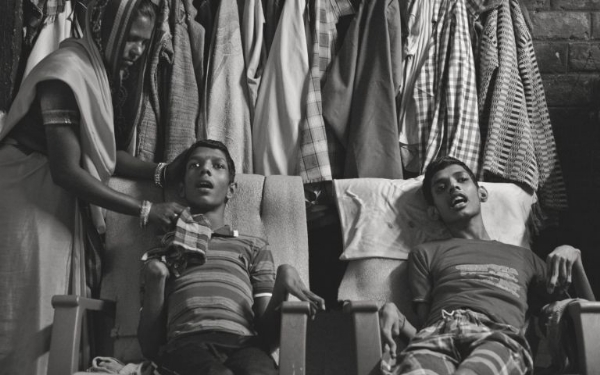
People of that era have still not forgotten the catastrophic night. There were after effects, such as increased cases of cancer and birth defects, which were reported in years to come. This is often described as Bhopal’s “second disaster”.
Previous Conditions of UCIL
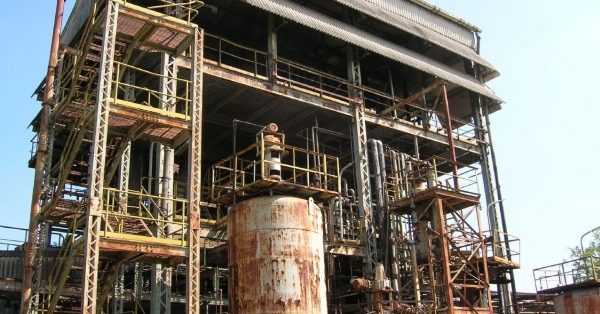
Incidentally, it was not the first time that leakages had taken place in UCIL. Trade unions had complained about pollution in the UCIL plant way back since 1976. American experts who visited UCIL in 1981, warned of a runaway reaction in the MIC tank. There was also a "phosgene" leak in January and February 1982, in which 24 workers and 18 workers were affected, respectively. The disaster was waiting to happen, as the safety standards remained lax.
Union Carbide India Limited’s (UCIL) plant at Bhopal was designed by its holding company Union Carbide Corporation (UCC), USA and was built in 1969 for making pesticides, produced by reacting Methyl Isocyanate and Alpha Naphthol.
The Culprits
Four days after a deadly toxic gas leak of methyl isocyanate (MIC), Warren Anderson, the CEO of the Union Carbide was arrested in Bhopal but he was kept in the plush guest house of his own company as per the order of Rajiv led government.
As per the report, MP's Chief Minister Arjun Singh was at an election rally when he received the call from Delhi and immediately asked his officials to arrange Anderson's release. A bail was hurriedly arranged on a personal bond of Rs 25,000 in which he promised to return to India to stand trial. In his autobiography ‘A Grain of Sand in the Hourglass of Time’ Arjun wrote that that home secretary R.D. Pradhan called him “On the instructions of the then Union Home Minister P.V. Narasimha Rao”. However, Pradhan denied the allegation.
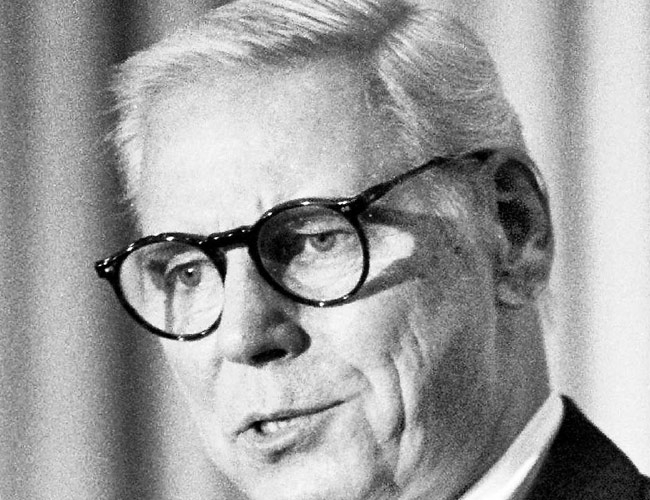
Moti Singh, who was the Bhopal collector at the time of Bhopal Gas Tragedy said, “Had we removed the landline phone from his room, Anderson would not have escaped. He possibly made calls to contacts in the US to help him leave India.”
After the orders, the superintendent of police Swaraj Puri and district collector Moti Singh escorted him to the airport. Within hours, an MP state government-owned Cessna Aircraft, piloted by Captain SH Ali, flew Anderson to Delhi, from where he left New York, never to return
“. According to the, Swaraj Puri, IPS and Bhopal's Superintendent of Police in 1984, told the Union Carbide Toxic Gas Leakage Enquiry Commission that Anderson was arrested on a written order and released on an oral order. He added that the oral order came "from higher-ups". ”
The aircraft in which he flew to Delhi, was also conveniently taken out of India because its logbook recorded Anderson's flight.The next MP Govt headed by CM Digvijay Singh sold the aircraft to a company Span Air Pvt. Ltd., owned by Congress leader Kamalnath's son, who subsequently sold it to a foreign company and the plane was taken out of India along with its logbook.
He just released murderer of 15,000 people in a quid pro quo over the release of his close friend Adil Shahryar. There are some news that, Rajiv Gandhi was called by the then US President Ronald Reagan himself requesting for Anderson’s release.
As per a TOI report from June 2010, Reagan had personally called Rajiv to ensure Anderson’s release. The report states, “Chief minister Arjun Singh had apparently not consulted the caretaker Prime Minister Rajiv Gandhi before ordering the arrest of Anderson on December 7. After the arrest, Rajiv Gandhi’s powerful aide and cousin, Arun Nehru, telephoned Arjun Singh and told him that US President Ronald Regan had called up the Indian PM and ‘requested’ him to release Anderson immediately."
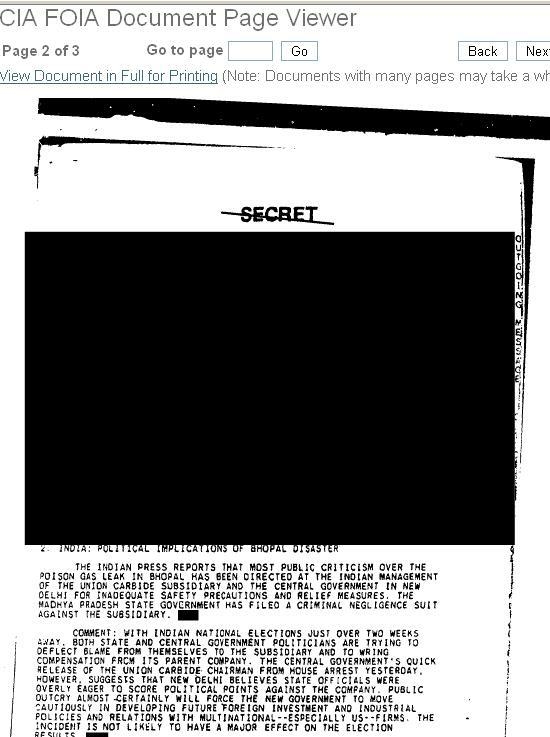
There is little reason to doubt that Anderson’s release was authorized by the Central Government headed by Rajiv Gandhi. Even declassified CIA documents attest to the same. After which Anderson never returned to face trial and was declared a fugitive by Indian courts. Rajiv Gandhi government did everything to protect the man responsible for destroying the lives of lakhs of individuals. The escape of Warren Anderson is still a great betrayal of the victims of the tragedy.

